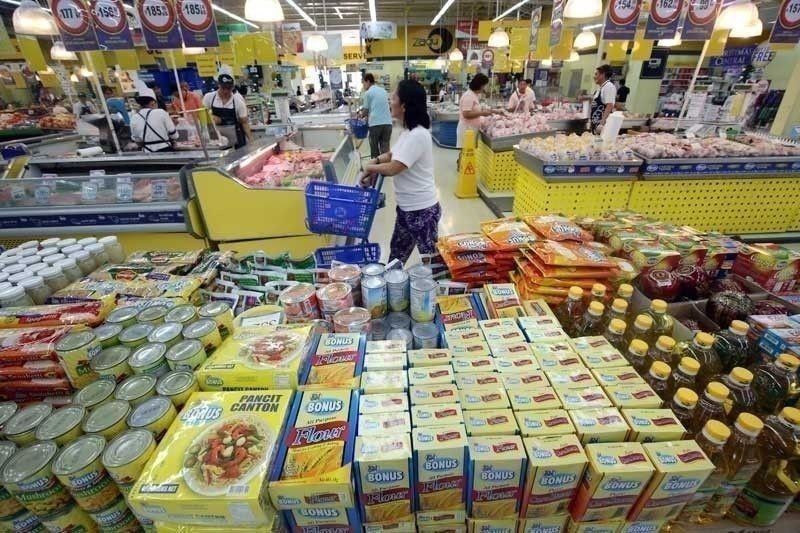Retail transactions seen 50% online by 2022

MANILA, Philippines — At least half of the total retail transactions will be online as early as next year or one year ahead of the 2023 target of the Bangko Sentral ng Pilipinas (BSP) as the regulator continues to ramp up efforts to transform the Philippines to a cash-lite from a cash-heavy economy.
During the virtual Asia-Pacific Summit organized by Washington-based Institute of International Finance, BSP Governor Benjamin Diokno said the target set by the central bank under its three-year Digital Payments Transformation Roadmap can be achieved by next year. “Before the end of 2022, we will accomplish those goals,” Diokno said.
The BSP launched the National Retail Payment System (NRPS) in December 2015 to modernize the country’s retail payments.
It was also aimed at raising the share of digital payments in the total retail transactions to 20 percent by 2020 from only one percent in terms of volume and eight percent in terms of value in 2013.
The central bank also embarked on a Digital Payments Transformation Roadmap to convert 50 percent of retail transactions in the country to electronic by 2023.
As a result, data from the Better Than Cash Alliance (BTCA) showed a steady increase in the share of digital payments to total retail transactions, rising to 14 percent in 2019 from 10 percent in 2018 in terms of volume and to 24 percent from 20 percent in terms of value.
With the COVID-19 pandemic serving as catalysts to increased adoption of digital payment by consumers and merchants, the BTCA reported that the share of electronic payments increased further to 17 percent as of the first half of 2020 in terms of volume and to 25 percent in terms of value.
Based on data released by the BSP yesterday, electronic fund transfers via PESONet and InstaPay surged in April as the central bank continues to encourage the public to use electronic payment facilities to carry out financial transactions safely amid the health crisis.
The PESONet and InstaPay are two automated clearing houses under the NRPS. PESONet is a batch electronic fund transfer (EFT) serving as an electronic alternative to the paper-based check system, while the InstaPay is a real-time, low value electronic fund transfers for transactions worth up to P50,000 and is useful for e-commerce.
The value of PESONet transactions surged by 87.5 percent to P328.7 billion in April from P175.3 billion in the same month last year as the volume booked a five-fold jump to 5.53 million transactions from 1.08 million.
From January to April, the value of PESONet transactions more than doubled to P1.28 trillion from P590.3 billion in the same period last year as volume more than quadrupled to 21.78 million from 4.6 million.
Likewise, the value of InstaPay transactions reached P198.8 billion in April, 3.5 times the P57.3 billion recorded in the same month last year as the volume almost tripled to 34.58 million transactions from 9.6 million.
From January to April, the value of InstaPay transactions almost quadrupled to P716.1 billion from P183.1 billion in the same period last year as volume more than quadrupled to 125.4 million transactions from 28.92 million.
The BSP said 82 BSP-supervised financial institutions (BSFIs) were participating in PESONet and 52 in InstaPay as of end-April.
“The data are encouraging. These indicate the sustained adoption of digital payments in the country. The preference of consumers for safety in their financial transactions, coupled with the readiness of the BSFIs to offer digital payment choices that are safe, convenient, and affordable will continue to support the widespread use of digital payments,” the BSP said.
Furthermore, the volume and value of QR Ph person-to-person (P2P) payments in April increased by 23 percent and 38 percent, respectively.
A turning point in the country’s digital transformation journey, the National QR Code Standard or QR Ph leverages on the efficiency, safety, and affordability of the QR technology.
“New adopters have experienced first-hand the advantages of going digital. Their positive experiences are expected to create a ripple effect and to promote the wider use of digital payments,” the BSP said.
- Latest
- Trending

























